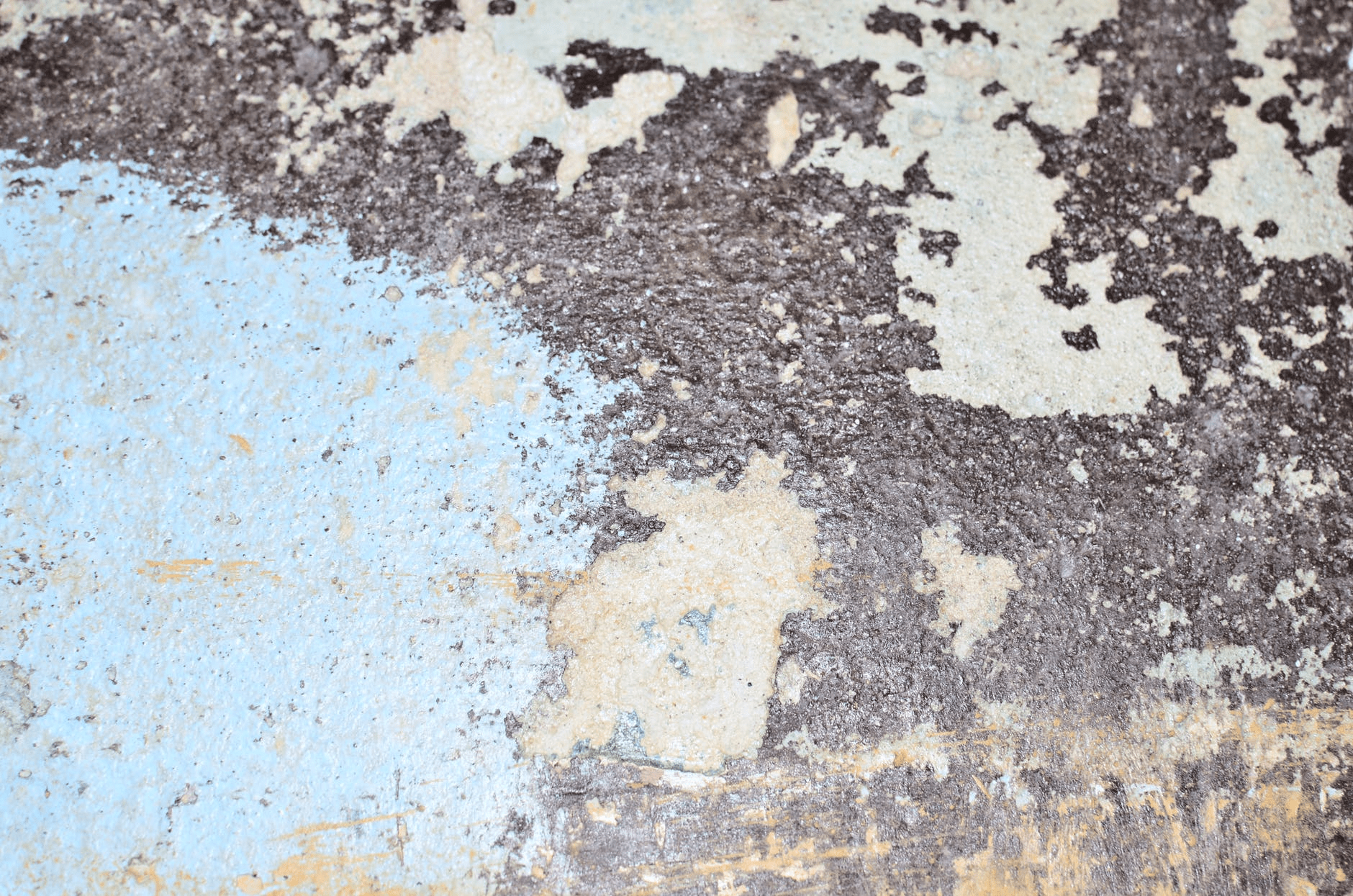Table of Contents
Rising dampness occurs when the groundwater finds a way to enter the property by traveling through porous brick material. This is also called capillary action. The damp normally stops when the evaporation and gravity start to impede the capillary action. As a result, you will notice visible tide marks; mostly at 1m height from the ground up.
That’s not all! Other common signs of rising damp are also aesthetic damage to stuff like paint, timber, plaster, and wallpaper. They start crumbling, folding, and rotting; giving away an unappealing look.
Groundwater also contains salt that travels up through the bricks and causes white marks to form on the internal wall – another common sign of rising dampness.
[Learn more about rising damp treatment.]
How to identify the signs of rising damp
It can be difficult to tell rising damp from penetrating damp or condensation issues. You have to train the eye to look for certain symptoms.
To help with diagnosis, we compiled a list of the commonest rising damp signs. Take a look at how to identify the signs of rising damp.
Damp or wet patches on walls
If you notice visibly strongly wet to damp patches forming on the wall, there’s a strong likelihood it could be due to rising damp. Most patches will generally form in the lower area of the wall. It will be mostly on the ground floor. This happens because the moisture from the base of the property walls finds a way to travel upwards through stonework and bricks via capillary action.
If you haven’t had a DPC or Damp-Proof Course installed at the time of construction, your property walls may be affected. This damp can occur on any floor and not just the ground floor. However, if you notice the problem is more substantial on higher floors there could be other culprits at play such as condensation or penetrating damp.
Peeling wallpaper or paint
Another key sign to look out for is peeling paint or wallpaper. Because of persistent moisture levels, the wallpaper and paint will start locking in all that excess water. As a result, it will start to peel or fold away from the wall. Peeling or folding paint is most noticeable near the lower part of the wall or near the skirting board.
You will notice the wallpaper is coming loose above the skirting board with edges curving away. However, peeling paint and wallpaper could also be due to penetrating or condensation dampness. So, before jumping to any conclusion, it’s good to have the property surveyed for an accurate diagnosis. Based on the findings, you can go for an appropriate course of action.
Visible black mold
Another common sign (the one you shouldn’t ignore) is black mold. It’s a sign that the property is dealing with excessive dampness. Generally, block mold signifies condensation. However, if you notice it occurring on certain specific parts of the wall, it could signal penetrating or rising damp issues. It’s best to have a damp surveyor inspect the outline to see what’s causing black mold formation.
Crumbling bricks and mortar
Rising damp can damage both the external and internal surface of the floor walls. If the damp leads to crumbling mortar and bricks, it could be a costly affair. When the rising level of water becomes too porous, it allows penetrating damp to form through the masonry. This causes damage to the interior walls. It’s called fretting. The good thing is, it’s easy to stop deteriorating mortar and damaging bricks.
While inspecting stone and brickwork, be sure to check the cement joints. If you notice any powdery mortar, crumbling, or breaking brick surface, that’s a strong indication of fretting caused by salt deposits and excess moisture due to rising damp. In case of more advanced damage, it’s possible for the mortar to be missing completely from the joints.
Damp and musty smell
This is the easiest way to detect the presence of rising damp in a property. Excessive damp causes a distinct smell to release from walls. Even if the damp is not visible yet, you can almost always smell it. The distinct smell is often musty, moist, and generally unpleasant.
But, if all you have is the musty smell and no visible proof, the diagnosis may be hard to come up with. In that case, you may have to hire a Specialist Damp Surveyor.
Excessive condensation on windows
Ever notice how during winters, when you wake up in the morning, there are drops of water collected on window sills? That’s condensation in the simplest form. Condensation on water windows and interior glass essentially looks like vapors or fog on the glass. It generally means, you have too much moisture locked in the room. A common cause of excess condensation is when you have a humidifier too big for the room. It might be putting out more humidity than necessary.
Bottom line
The gold standard for nipping things in the bud when it comes to rising damp treatment is to have a DPC installed at the time of construction. Other than that, you can also go for remedial DPC. It is injected into holes that are drilled strategically in the affected wall. Once the bricks have absorbed the DPC, it creates a barrier against the water upon drying.
A damp-proof course is great for several reasons. It’s highly effective, quite economical, and vouched by leading industry experts. When all else fails, it’s always good to get professional help by contacting the surveyors.




